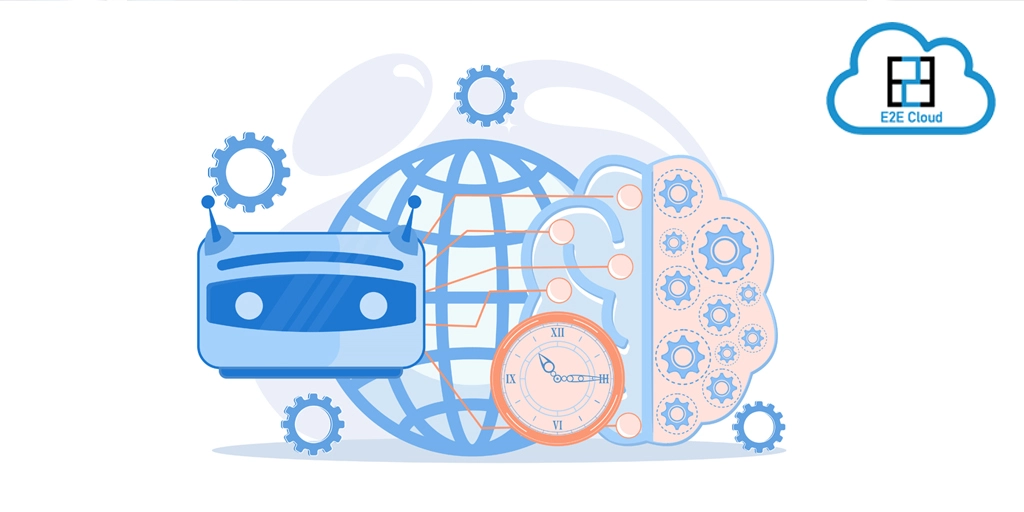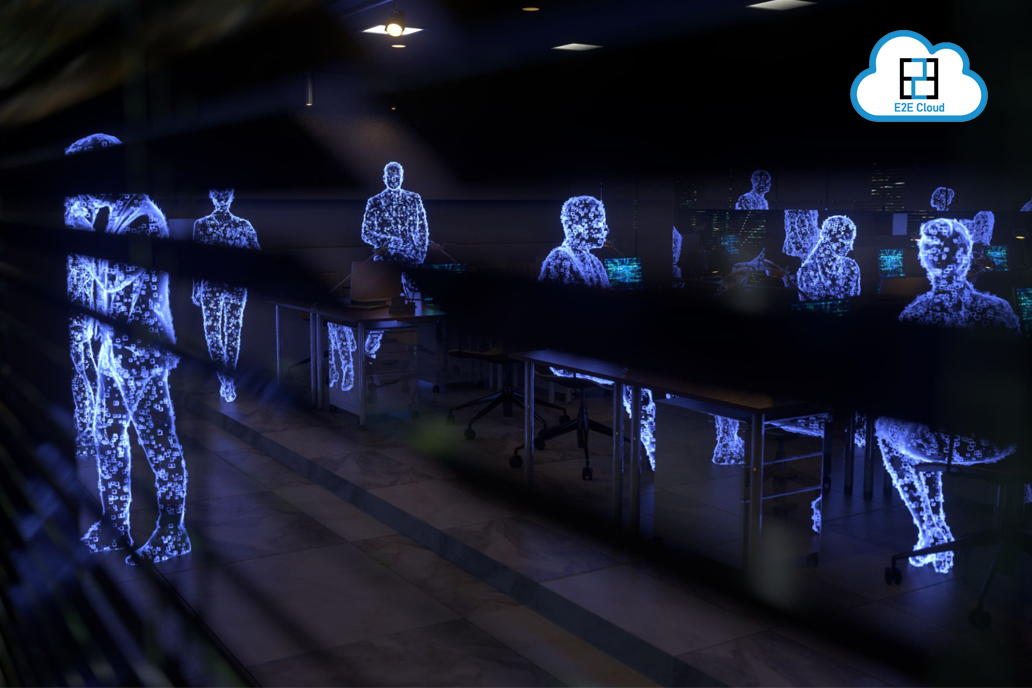Can Generative AI enhance learning?
Gamification techniques are evolving rapidly. Gamification is now accepted as a productive yet effortless learning strategy. Gamification techniques are used by edutech companies to create interesting learning experiences. Integration of gaming elements such as point systems, leaderboards, badges, or others captures our attention to create a simplified learning experience which allows the learners to proceed at their own pace. Such pre-designed game characteristics and principles inherent the learning potential within themselves. For example, an economics student might compete in a virtual stock trading competition or an English major student might compete in a virtual spellathon. . Gamification promotes experiential learning by giving enthusiastic gamers or individuals an adrenaline rush which sustains their attention span.
Technology has significantly shifted the way individuals encode, decode and store vital information . Due to this digitized educational system and technological trends, EdTech businesses are now focusing on bringing out the best ways to engage students and make the learning experience interactive and interesting. The Edtech sector is getting widely affected by generative artificial intelligence and this is something we covered in one of our articles. Many Educational institutions are adopting gamification techniques across the world to enhance participation levels among students. A study from Blueweave consulting shows that gamification in the education market is projected to reach USD 4144.97 Million by 2027!
Gamification is proven to increase learner’s engagement. The gaming GPU market is expected to grow at 14.1% CAGR during the forecast period of 2021-2026. The rising trend of gamification among millennials has led to the increasing adoption of a virtual world for gamers over the traditional learning mechanism. Gaming machines have also evolved from powerful location-based machines found in restaurants, arcades to in-home machines in the form of gaming consoles such as PlayStation and then we also have PCs, specially designed for gaming
As Moore’s Law drove down chip prices and increased performance, people bought more gaming machines for the home, which has a positive price-elasticity effect at the expense of the location-based gaming machines. As gaming machines’ sales have increased in the last few years, the demand for gaming GPUs has grown significantly .
Gamification from a user’s perspective is the usage of gaming mechanics in a non-gaming context. Gaming mechanics include elements like in-game avatars, progress bars, points, leaderboards and badges. These mechanics are pretty much the only similarity between games and gamification.
Game Mechanics:
- Badges: They are a way to show off accomplishments.
- Progress Bars visualize the advancement toward a goal.
- Leader Boards: They rank players in a competition.
- In-Game Avatars: They are abstract representations of users.
Although gamification uses game mechanics, throwing a point earning system and leaderboards at your users is not effective gamification. The top priority when designing a gamified solution is the goals of the learner. This is a learner-centric mindset. In order for gamification to be victorious, we must find the intersection between the user goals and business goals. The concept of gamification is not new, In fact instructional designers have been using this technique to motivate students for several years. Throughout its use in the classroom, gamification has been quite successful.
However, gamification isn’t just for engaging students to learn their multiplication tables, this technique is also getting all the hype in industries like manufacturing, military, finance, retail etc. We can implement gamification to engage employees into complete compliance training, drive competition in military exercises or engage users to stay on track with a fitness program. When implemented thoughtfully, gamification can do wonders in increasing user engagement and improve user experience.
Educational Institutions Supporting Generative AI and vice-versa:
- GameDesk: This company has backed some of the biggest names in tech, such as The Bill and Melinda Gates Foundation, National Science Foundation, and Marvel. GameDesk is a nonprofit, unlike anything you have encountered. Their focus is on taking the modern classroom and transforming it into a futuristic marvel, and it does this entirely through a game-based learning initiative.
- Duolingo: This language learning app is the perfect example of gamification used for learning. With over 500 million worldwide users, they are clearly using gamification techniques well. Duolingo successfully uses multiple gamification techniques to keep users engaged; with levels, streaks, badges and leader-boards. All of these features make for a very game-like experience, and keep users craving progress. It’s a great example of using a virtual scenario to create effective learning.
- Minecraft: Although learning may not be the first thing that comes to mind when you hear the word Minecraft, it has become a very powerful educational tool. Minecraft Education Edition was created specifically for educators and learners. The platform allows students and teachers to work together in a synchronous environment. It is a fantastic example of using methods that children are comfortable with as a means of teaching.
- CK-12: No two individuals learn exactly in the same manner , yet classrooms usually offer only a single approach to problem-solving. CK-12 offers solutions that go above and beyond to ensure that you can give your students a more personalized (and customized) perspective at what they are learning. The best way to do that is with online games and lessons. Students can go back and learn about things at their own pace, review lessons that are covered, and get an assessment to track their progress. There are also some amazing simulations that illustrate challenging fields that really can’t be followed on paper (such as Physics and Chemistry).
- BrainScape: No matter how well-designed games are, sometimes flashcards are the fastest way to learn. The problem is that they can be bulky and difficult to carry, making them impractical for external use. This is where BrainScape has found a niche and turned it into something that offers the ease and customization of games, but with a focus on flashcards. With an extensive list of possible , you can create your own or ask the program to make the cards for you. Select your deck, and then you can get started with memorizing the terms and phrases you need.
- Quizbot: A fascinating example of chatbots used in education is a Quizbot created at Stanford University to make learning an engaging and personalized experience for students. The Quizbot, represented as Frosty the penguin, gamifies the learning process as a fun test. Depending upon the student’s advantage and subjects, Frosty will pose different inquiries and praise the student for each correct answer. A study was conducted to check the chatbot’s competence, and it was discovered that students facilitated with Quizbot burned through 2.6 times longer studying than students provided with a flashcard app. Students using Quizbot also gave correct answers most of the time. Chatbots can be utilized to implement gamification in education for their benefits of accurate information, timely communication, serving multiple students simultaneously, and providing a personalized outreach to each student.
You can refer to the below paper with code for a framework for estimating generative models via an adversarial process, in which we simultaneously train two models: a generative model G that captures the data distribution, and a discriminative model D that estimates the probability that a sample came from the training data rather than G. The training procedure for G is to maximize the probability of D making a mistake. This framework corresponds to a minimax two-player game. In the space of arbitrary functions G and D, a unique solution exists, with G recovering the training data distribution and D equal to 1/2 everywhere. In the case where G and D are defined by multilayer perceptrons, the entire system can be trained with backpropagation. :
Papers with code: https://github.com/goodfeli/adversarial
Papers with code: https://github.com/labmlai/annotated_deep_learning_paper_implementations
Looking for Cloud GPUs for improving learning outcomes, You can connect with E2E Cloud, India’s fastest growing AI accelerated platform for high-performance cloud infrastructure:


.png)







